It always amuses me when hearing English friends pronounce it “lock”.
Many have difficulty saying the “ch” sound in “loch”. My mate Andy manages the correct pronunciation just fine, must be his Liverpool accent that does it.
Loch Ness, is without a doubt, world famous. In some of the world’s most far-flung countries, once locals know I’m from Scotland, somebody always mentions Loch Ness.
Well done the Scottish tourist board – job done!
Loch Ness lies in the Great Glen which cuts the Highlands in two if you like, forming part of the system of waterways across Scotland, all linked together by Thomas Telford’s Caledonian Canal.
Loch Ness contains more water than all the lakes in England and Wales combined. It is an impressive 23 miles long, but its depth is where Ness really comes into its own. For Loch Ness is close to 800ft deep – dark, peaty and murky, who knows what lies down there.
I’ve read it contains an astonishing 263 billion cubic feet of water. But hang on, how do they measure that? No idea, I’d love to know.
And apparently, unlike many other lochs, Loch Ness does not freeze. It’s too deep. It’s something called the thermocline effect – while the cold water would freeze in more shallow lochs, in Ness as the cold water sinks, it is replaced by warmer water from far deeper below, hence no freezing.
As they say, you learn something new every day.
Last week I wrote about my recent visit to Inverness, and I continue with my story this week.
My bus left Inverness and we trundled through quiet and clean countryside, Loch Ness clearly visible to my left through the bus window. I got off said bus, which to my surprise was clean and comfy – shows you the last time I was on a bus, they used to be dirty with fag ends all over the floor.
I stepped outside, but quickly realised I’d come off at the wrong stop. This was not, after all, my final destination, but the one previous at Drumnadrochit. Even though I’ve successfully traversed the globe in the harshest of countries, I once again got, well not lost in Inverness, but not quite getting my directions right. Focus George!
Thankfully it was a blue sky day and dry. I slung my bag over my shoulder and walked along the side of the quiet main road. It took around 40 minutes to get to my final destination of Urquhart Castle.
Surprising for the time of year, there was a healthy amount of tourists around. I heard American, Japanese, Australian and German voices. Good for the economy no doubt, but I can only imagine how busy it gets in summer time. Definitely not for me.
Urquhart Castle sits on the banks of the Ness, some 13 miles south-west of Inverness. Unlike my last visit, there is now an impressive visitor centre.
First, into a small cinema, I sat and watched a short film about the castle’s history. Extremely well done, it details in a passionate narrative the castle’s history which, believe it or not, goes back around 1,000 years.
I walked down to the castle itself, perched somewhat precariously by the loch, and did my tour. Each section has its own very informative description.
You know, they may have had no mod cons like electricity or running water, but my goodness, these people often lived well. They had livestock, eating such meat as deer and wild boar, grew their own veg and baked their own bread. There was even a banquet hall, stables and sleeping quarters.
What a feat to have built this castle without modern technology, and interesting to see that the quality of life seemed to increase with each century.
The history of the castle and its inhabitants is, of course, of takeovers, fighting and wars. It really was brutal.
Families, clans, kings and queens have all lived here, but it’s lain empty since the late 1600s onwards.
Seen as a romantic ruin and often visited, nothing, however, was done to preserve it. Urquhart Castle was finally taken into state care in 1913, to maintain its upkeep and to recognise its significance to the nation.
There’s simply way too much information to go into here, so if you’ve never been, I highly recommend a visit. It really is iconic and easy to see why it attracts over half a million visitors every year. Just bring a hat and gloves, it’s cold down there by the edge of the loch.
Finishing my tour, I stood and focused on the loch itself. Of course, I could not write a column on Loch Ness without mentioning its most famous resident. The Loch Ness monster, or as she is known the world over – Nessie.
The legend of a “monster” in Loch Ness goes back centuries. In the 6th Century, on hearing that a man had been attacked by a water beast, Irish Monk Saint Columba sent another man out into the water. The beast appeared, Columba made the sign of the cross and in other words told it to get lost. The water beast obliged and backed off.
But it was the now infamous surgeon’s photo in 1934 that really kicked it all off and brought Nessie to the world’s attention.
Surgeon Robert Kenneth Wilson claimed while on a visit to have spotted something in the water. He quickly grabbed his camera and took the world-famous shot you see here.
It is believed that this photo was the first to show the monster’s head and neck, and for decades this photo was considered proof that Nessie did indeed exist.
However, in the 1990s, it was proven to be a hoax.
Over the decades there have been numerous sightings, numerous photographs, numerous videos. Many have been called fake, while others can easily be explained by calm heads who say the “evidence” is mere ripples on the water, seals, a fallen tree, or other such debris.
Have people really spotted and then photographed a monster swimming out on the loch? Or is it a classic case of human phycology, as in we see what we want to see and maybe expect to see?
People have even claimed they saw a monster or beast walk across the road and slip into the loch. Hmm, I think that’s more to do with sampling the local amber nectar, don’t you?
On a more serious note, grainy underwater images have been taken which show a giant flipper… but sceptics brushed that off as either simply the bottom of the loch or rocks and air bubbles.
One detailed DNA survey of the loch in 2018 basically came up with nothing. It said in conclusion: “So, I think we can be fairly sure that there is probably not a giant scaly reptile swimming around in Loch Ness.”
However, earlier in 1987, 24 boats with state-of-the-art echo-sounding equipment scanned the loch. It was called Operation Deepscan, and it did indicate a large moving “object” at 590ft.
A sonar expert said: “There’s something here that we don’t understand, and there’s something here that’s larger than a fish, maybe some species that hasn’t been detected before. I don’t know.”
Exciting stuff. But from what I can see, no one has yet come up with actual concrete blow-you-away evidence.
None of this though has stopped a huge tourist industry that has been carefully built around Nessie, bringing visitors from far and wide and countless millions of pounds into the Scottish economy
So, to the big question…
Is there really a monster in Loch Ness?
I don’t think it is a yes or no answer to be honest, because I feel we’ve got the terminology all wrong. A “monster” paints a picture in our minds of, well, a monster, a terrifying sea creature than means us harm.
I think there are three groups of people involved. Those who think it all nonsense, those who believe passionately that of course Nessie exists in all its monster form, and the third group, the one I belong to, who believe that although there is no “monster” with humps and a long neck like a plesiosaur – you know the one that the tourist industry puts on T-shirts and tea towels – but that something is down there.
Most likely a giant eel, after all eels can be found in Loch Ness, so why not a giant one? Or even a sea creature we have yet to discover. I mean how typically ignorant of us humans to think that we know everything.
If there is something down there, I actually hope we never work it out, never find it. Not good for the tourist industry, and not good for the poor creature either.
Let it be, leave it alone and let the legend continue.
That way, everyone’s a winner.
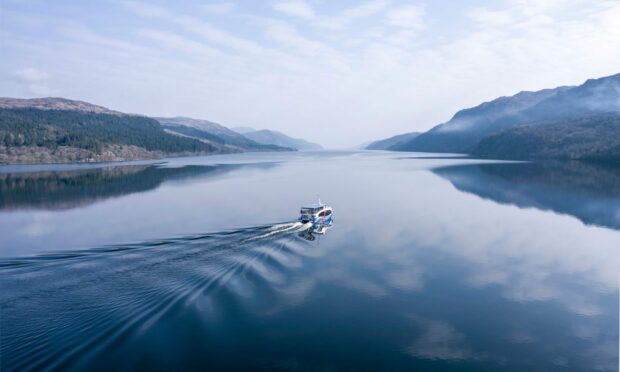
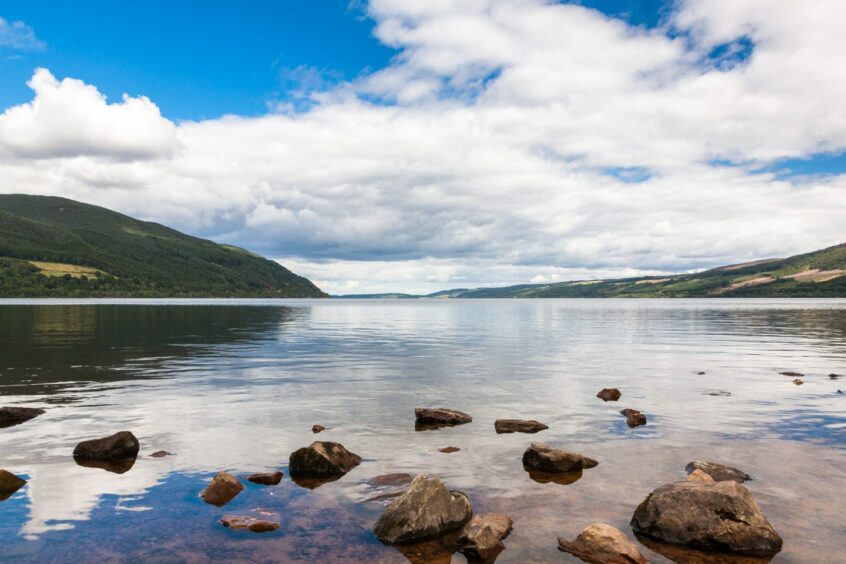
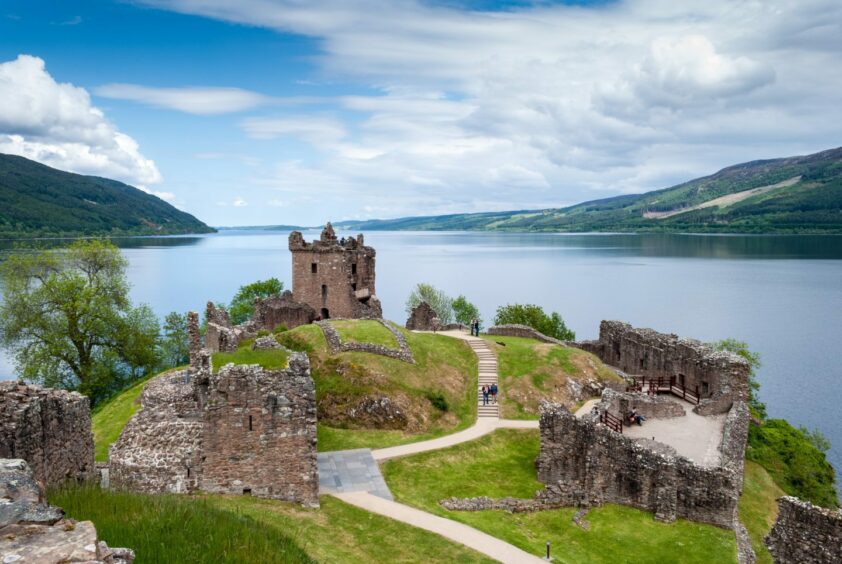
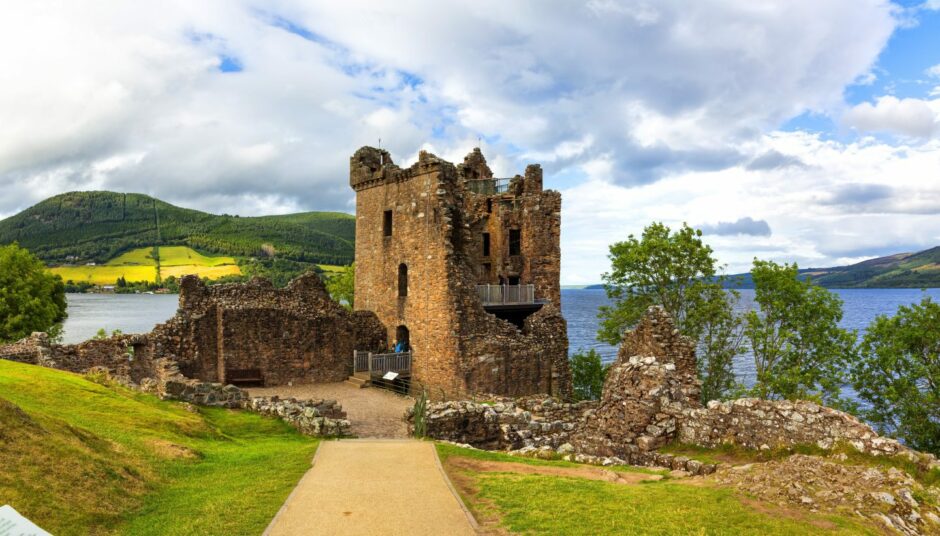
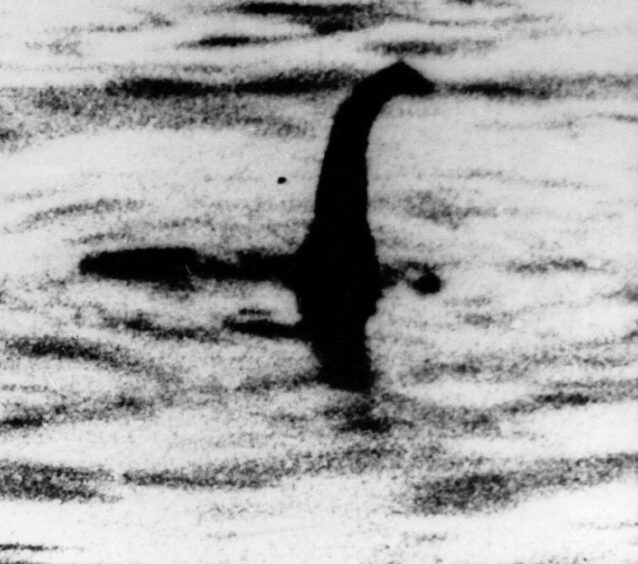
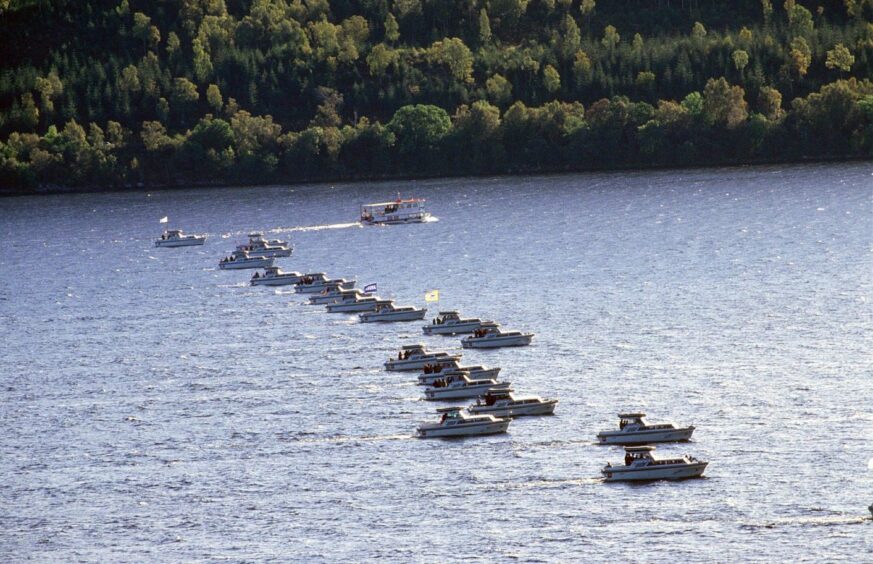
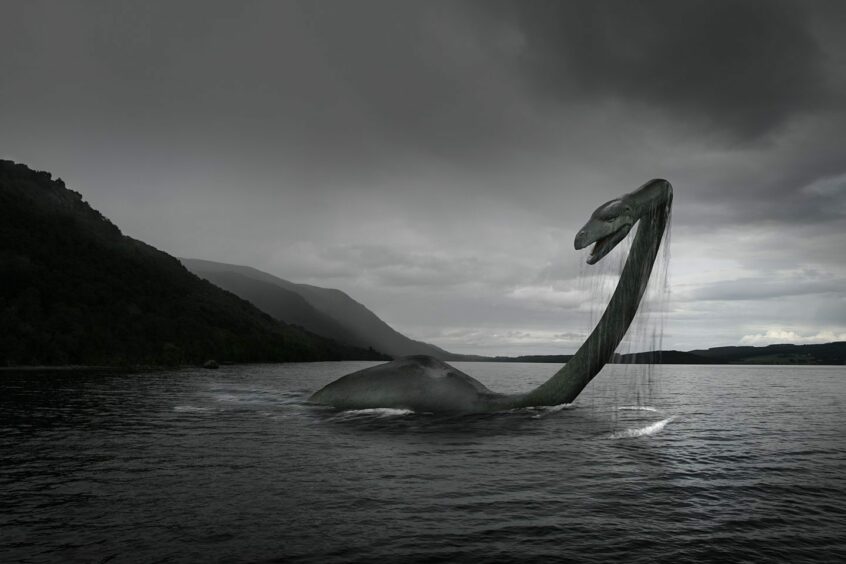
Conversation